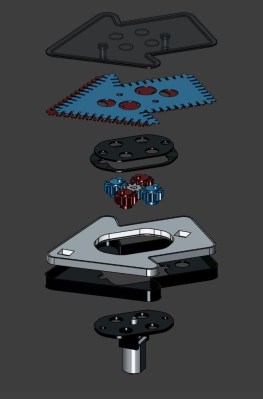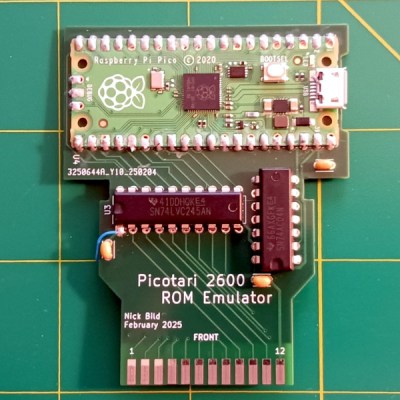It’s rarely appreciated just how much more complicated nuclear fusion is than nuclear fission. Whereas the latter involves a process that happens all around us without any human involvement, and where the main challenge is to keep the nuclear chain reaction within safe bounds, nuclear fusion means making atoms do something that goes against their very nature, outside of a star’s interior.
Fusing helium isotopes can be done on Earth fairly readily these days, but doing it in a way that’s repeatable — bombs don’t count — and in a way that makes economical sense is trickier. As covered previously, plasma stability is a problem with the popular approach of tokamak-based magnetic confinement fusion (MCF). Although this core problem has now been largely addressed, and stellarators are mostly unbothered by this particular problem, a Canadian start-up figures that they can do even better, in the form of a nuclear fusion reactors based around the principle of magnetized target fusion (MTF).
Although General Fusion’s piston-based fusion reactor has people mostly very confused, MTF is based on real physics and with GF’s current LM26 prototype having recently achieved first plasma, this seems like an excellent time to ask the question of what MTF is, and whether it can truly compete billion-dollar tokamak-based projects.
Continue reading “General Fusion Claims Success With Magnetized Target Fusion”















